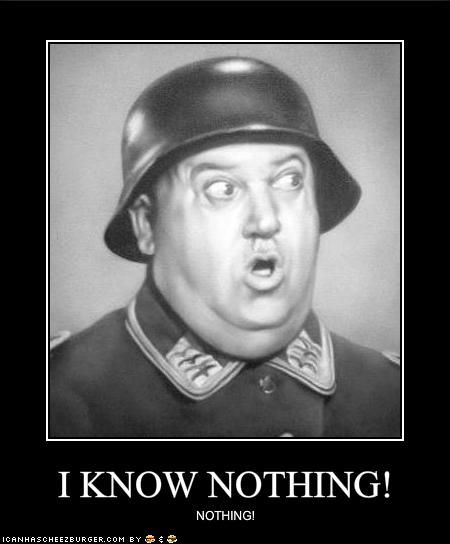First, CSL does not have a "wrestling-style balance point."
Done much wrestling? I have
KPM said:
Second, CSL is not a "grappling approach", it is Wing Chun!
Control before hit is a grappling then hitting approach, i.e. a grappling centric approach. You place control above hitting in the heirarchy of importance as you outline in the following quote:
KPM said:
the whole concept of controlling the opponent rather than just hitting the opponent is so important in CSLWCK. When you control the opponent you can do whatever you want. You can strike him, manipulate him, joint lock him, trip him, sweep him, etc.
I agree with you, this was my experience of CSL wing chun. There is nothing wrong with this and I am not attacking you. I am merely agreeing with what you wrote because it tallied with what I experienced.
Third, CSL is not about "hitting off grappling."
This is untrue. What I was shown of CSL wing chun in the UK focused a lot on hitting off grappling and disrupting balance before hitting (with grappling, there is not other way). There is nothing wrong with grappling. I currently practice bjj and think it is essential.
Another thing CSL focuses a lot on is power chain. I don't agree with CSL ideas here and believe it to be tacked on from somewhere else, but if it works for you who cares?
Fourth, an approach that puts all its emphasis on punching the opponent has a much more "narrow niche" than CSL, don't you think?
Disengaged striking is a 1/3 part of ring fighting. Clinching, throwing, tripping and standing hitting off grappling is another 1/3 part. Ground grappling is the third 1/3. CSL wing chun focuses on a part of the second part and I believe is not as optimised for disengaged striking as some other wing chuns I have seen because of the focus on control first. But of course that is only my opinion based on what I have seen and felt.
So Guy didn't really understand what I wrote before at all.
I fully understand and agree with what you wrote, and have also experienced it in person from some of their better fighters when I was training MMA. CSL has produced some great fighters in the UK. I think it is/was a good place to train. I don't understand why you hate the thing that differentiates you from other wing chun? You should celebrate this difference, and so far it has brought a lot of success.

